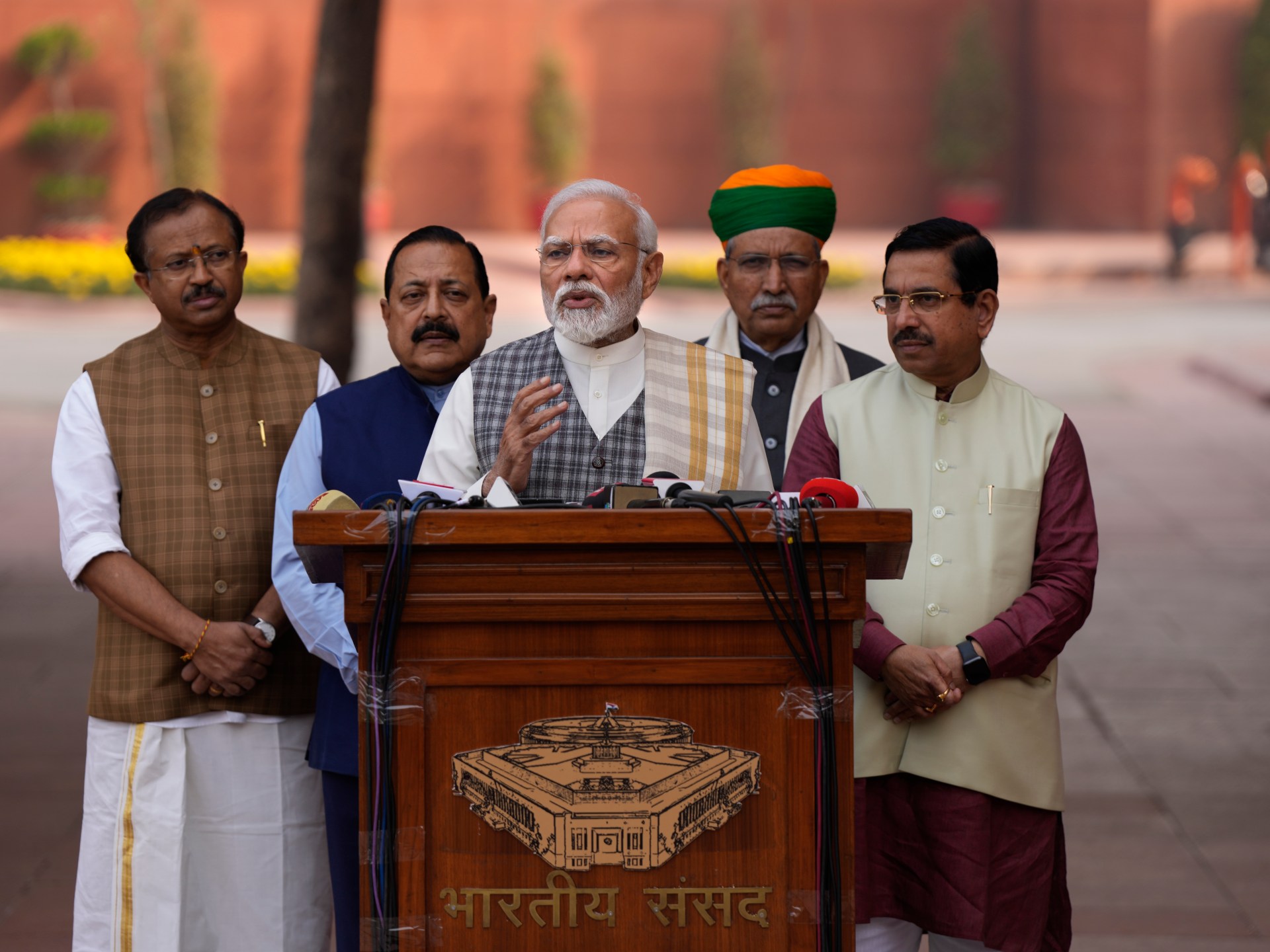
India’s right-wing ruling party has won a landslide victory in regional elections, taking control of key states. This is a big boost for Prime Minister Narendra Modi, who will seek a third term in May’s national elections.
In the elections concluded on Sunday, the Bharatiya Janata Party (BJP) caught The states of Rajasthan and Chhattisgarh joined the opposition Indian National Congress Party and registered a record fifth term in office in central Madhya Pradesh.
The defeat of the secular Congress party in the three states – which sends 62 representatives to the national parliament – is a catalyst that will dash its hopes of returning to power at the national level. Experts say the grand old party that led India’s struggle for independence against British colonial power needs to recalibrate its strategy as Modi has successfully put Hindu nationalism at the center of Indian politics.
However, the Congress party managed to win in the southern state of Telangana, home to IT hub Hyderabad, highlighting the north-south divide. The party also governs the state of Karnataka – home to the city of Bengaluru, known as India’s Silicon Valley. In the comparatively wealthier southern states of the country, the BJP still has a limited voter presence.
Here are the four reasons attributed to the BJP’s recent victory:
Welfare systems and their popularity
The BJP, which was seen as a pro-business and pro-city party in its early years, has successfully expanded its base. It has launched numerous welfare programs to strengthen its reputation as a welfare state.
Many of the programs introduced by the Modi-led central government, such as cash transfers, free rations and affordable gas cylinders, are popular with voters amid high unemployment, a moribund agricultural sector and rising inequality.
During the election campaign, Modi boasted about his government’s efforts to help the poor. The government claims more than 800 million people are receiving free rations, highlighting distorted economic growth in the world’s most populous country.
The BJP burst onto the national political scene in the early 1990s when it pushed for the construction of a temple to the deity Ram in place of a medieval Babri mosque, which was demolished in 1992 by Hindu groups allied with the party. India’s Supreme Court approved the construction of the temple in Ayodhya in the northern state of Uttar Pradesh in 2019.
In the state of Madhya Pradesh, where the BJP won a huge victory, a cash transfer program for women appears to have attracted female voters to the party despite high crime rates against women.
Observers also attribute the Congress’s defeat to their own complacency and failure to engage with voters despite operating similar welfare schemes at the state level.
“Modi magic” and Hindu-first politics
Modi’s personal appeal – in the words of local media, “Modi magic” – surpasses the BJP. The 73-year-old politician remains very popular with 93 million followers on X and uses his foreign policy successes to his advantage.
Under Modi, New Delhi’s relations with the United States and other Western nations have improved significantly given the West’s policies to counter the rise of China. At the same time, India has also portrayed itself as the leader of the global south.
The Indian prime minister has also promoted India as a manufacturing base as the West seeks to find alternative supply chains.
The BJP also took advantage of the inauguration of the Ram Mandir Temple in Ayodhya to his advantage. Modi began construction in 2020, tapping into Hindu nationalist sentiment in the country.
“Results in Chhattisgarh, Madhya Pradesh and Rajasthan show that the people of India are firmly committed to policies of good governance and development…,” Modi wrote on X, formerly known as Twitter.
The opposition accuses Modi of engaging in anti-Muslim dog whistles and granting immunity to far-right Hindu groups involved in attacks on Muslims and other minorities. India – an officially secular state – has seen a rise in anti-Muslim violence since Modi came to power in 2014. Dozens of Muslims have already been lynched on the mere suspicion of eating beef or transporting cows, which is considered sacred by a large section of Hindus.
Modi and the BJP have rejected the allegations, saying they do not discriminate against Indians based on their caste and creed.
Election financing and scope of the election campaign
Due to its high electoral funding, the BJP was able to run a wide network of campaign advertising.
But pro-democracy activists have criticized a legal political financing mechanism, called electoral bonds, that allows parties to keep the names of their donors secret from the public.
Of all political funding between 2017 and 2022, half was received through electoral bonds. The BJP received more than 57 percent of its funding through electoral bonds – most of its sources remain opaque.
The Congress party, which could receive only 10 percent of the total political funds, has also questioned the fairness of the electoral bond system as the BJP received three times as much electoral bond money as all other political parties combined.
The Hindu nationalist party used its resources to keep its leader in the spotlight ahead of Sunday’s vote. Modi addressed 14 rallies and two roadshows in Rajasthan and also addressed five rallies in Chhattisgarh.
The BJP, in comparison, is more tech-savvy and adopted social media earlier than other parties. It has helped the party build a significant following online. However, the party was also accused of using its large war chest for negative propaganda, particularly directed against Muslims.
Lack of opposition unity
The Congress party’s loss is also attributed to factionalism and failure to forge alliances with like-minded secular parties. The Congress leadership was also accused of being arrogant and out of touch with the reality on the ground.
Experts say the Congress party needs to realign its leadership and bring young faces to the fore if it wants to reverse its electoral fortunes. Over the past decade, the party has been pushed to the margins of Indian politics by the BJP.
Rahul Gandhi, his sister Priyanka Gandhi and her mother Sonia Gandhi remain the most famous faces of the party. The current party president, Mallikarjun Kharge, a Dalit, has worked in the shadow of the Gandhi dynasty – three members of which were prime ministers.

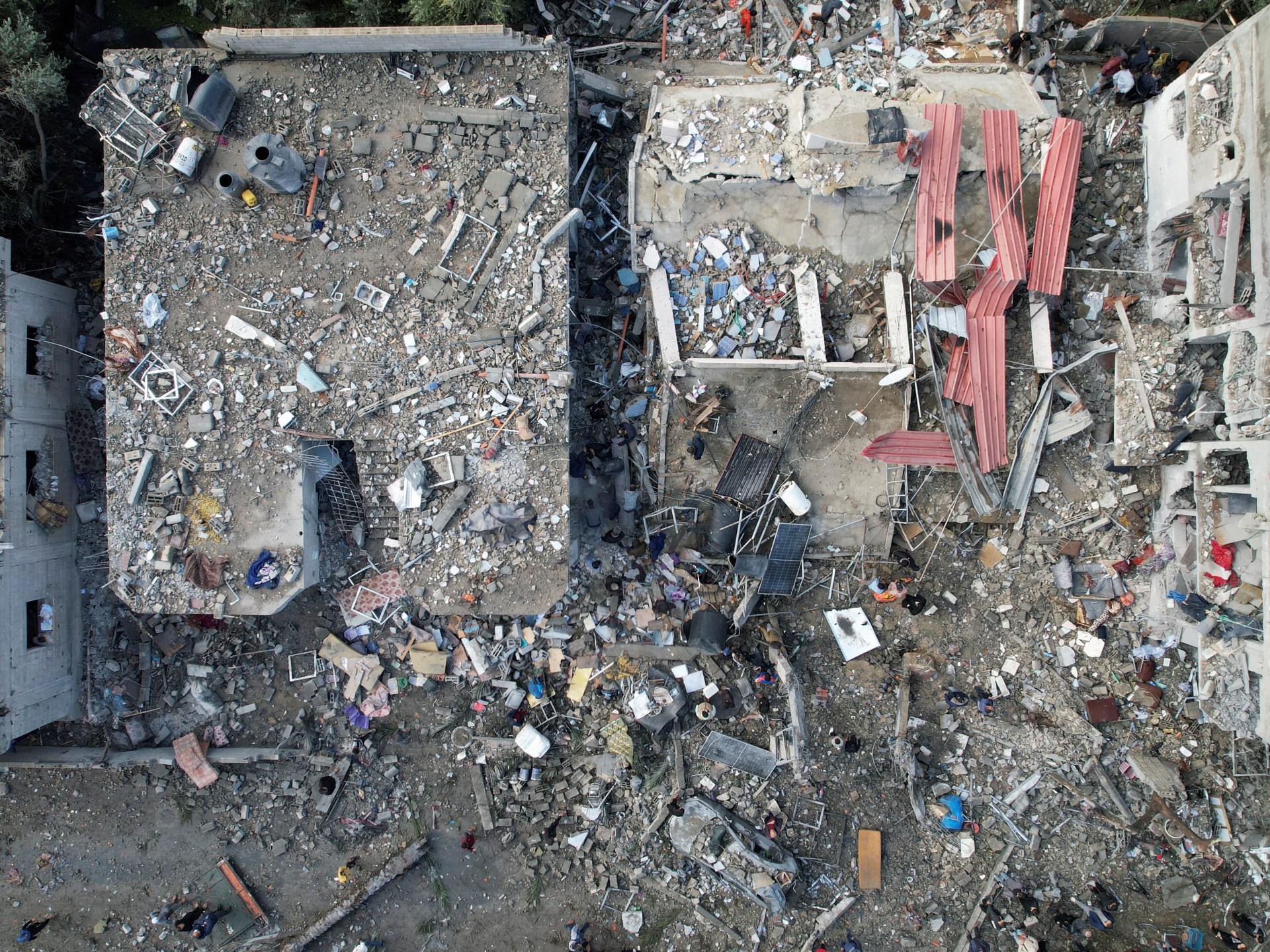
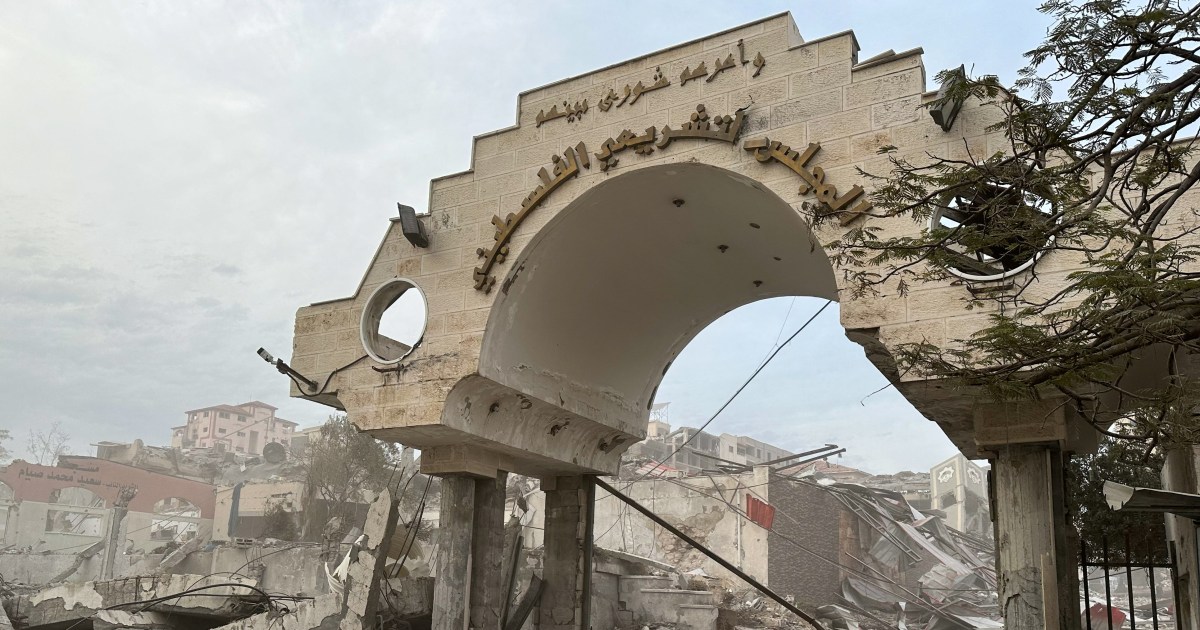
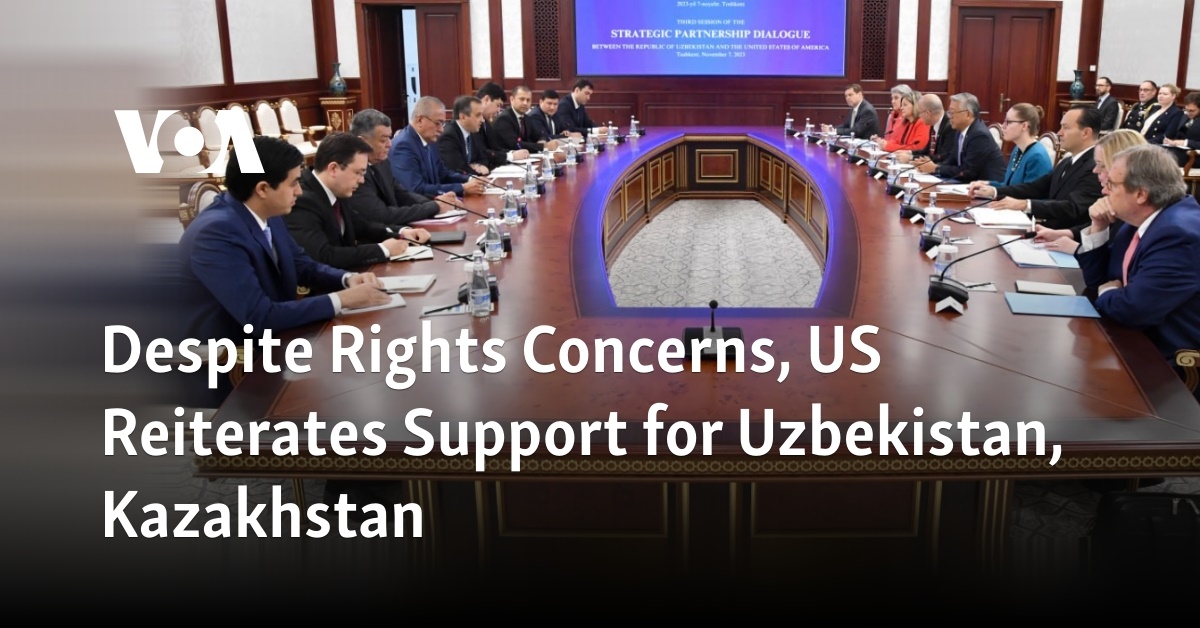
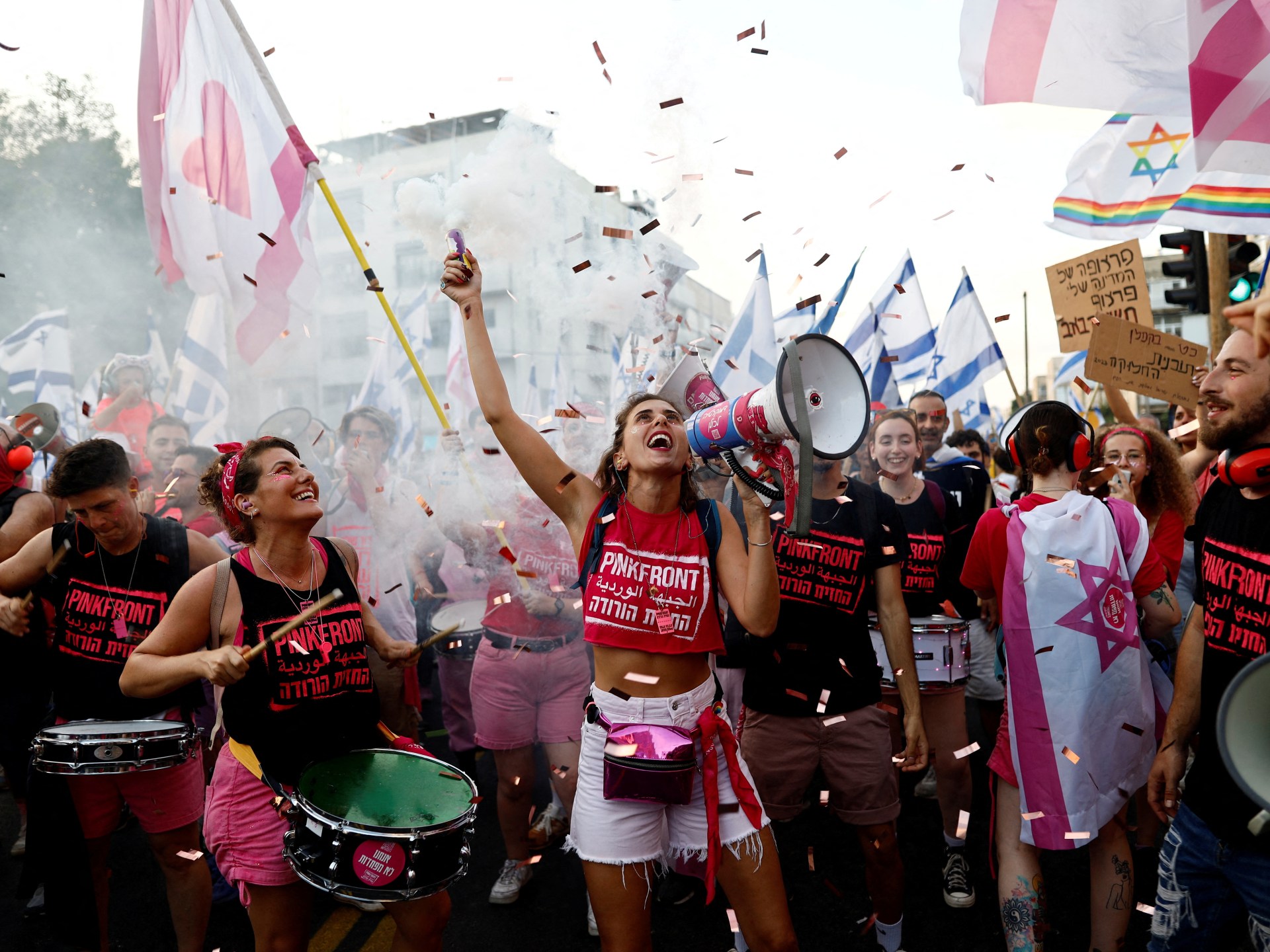

Recent Comments